New energy storage battery types include pumped hydro batteries, lead-acid batteries, lithium batteries, nickel-cadmium batteries, and nickel-metal hydride batteries. The type of energy storage will determine its application areas, and different energy storage battery types have their advantages and disadvantages. Here's a detailed explanation of each battery type and an analysis of its pros and cons:
1. Pumped hydro batteries:
Pumped hydro batteries are still the world’s dominant player in the field of energy storage. Pumped water energy storage is the most widely used, and electrochemical energy storage accounts for a small proportion. Pumped hydro batteries store energy by pumping water from a low place to a high place, and then lower the water from the high place when needed, converting the water energy into electricity through a turbine generator. Its advantages include high-efficiency conversion, large storage capacity, long storage time, stable operation, long life, etc. The disadvantages are its high construction cost, high terrain requirements, long construction period, and certain impact on the environment.
2. Lead-acid battery:
A lead-acid battery is a kind of storage battery. Its electrodes are mainly made of lead and its oxides, and the electrolyte is a sulfuric acid solution. In the charged state of a lead-acid battery, the main component of the positive electrode is lead dioxide, and the main component of the negative electrode is lead; in the discharged state, the main components of the positive and negative electrodes are both lead sulfate. The advantages of lead-acid batteries include low price, easy maintenance, long service life, and ability to withstand large current surges. The disadvantages are its low energy density, heavyweight, and unsuitable for high-power applications.
3. Lithium battery:
Lithium battery is a type of battery that uses lithium metal or lithium alloy as the negative electrode material and uses a non-aqueous electrolyte solution. Lithium batteries can be roughly divided into two categories: lithium-metal batteries and lithium-ion batteries. Lithium-ion batteries do not contain metallic lithium and are rechargeable. Lithium metal batteries generally use manganese dioxide as the positive electrode material, metallic lithium or its alloy metal as the negative electrode material and a non-aqueous electrolyte solution. The advantages of lithium batteries include high energy density, lightweight, no memory effect, short charging time, long service life, etc.
4. Nickel-cadmium battery:
Nickel-cadmium battery can be charged and discharged more than 500 times and is economical and durable. Its internal resistance is small, its internal resistance is very small, it can charge quickly, it can provide a large current to the load, and its voltage changes very little during discharge. It is a very ideal DC power supply battery. Compared with other types of batteries, nickel-cadmium batteries can withstand overcharge or over-discharge. Its advantages include high power output, low internal resistance, long life, etc.
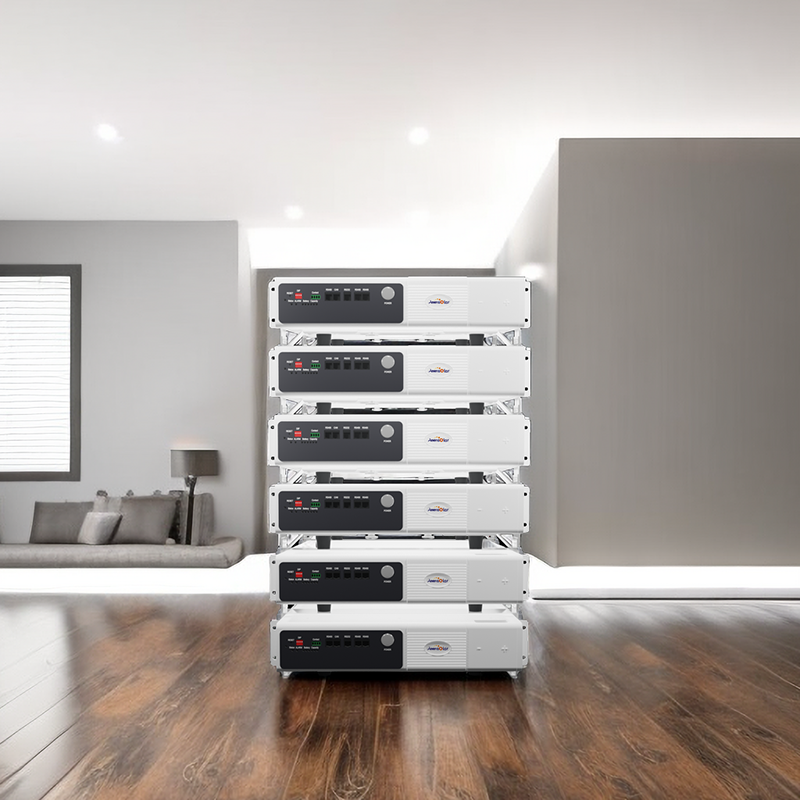
Lithium batteries have revolutionized the way we store and utilize energy in our daily lives. These rechargeable powerhouses are at the forefront of innovation, offering a myriad of advantages that make them ideal for home energy storage solutions. Among the various types of lithium batteries, lithium-ion batteries stand out for their efficiency and reliability, making them a popular choice for residential use.
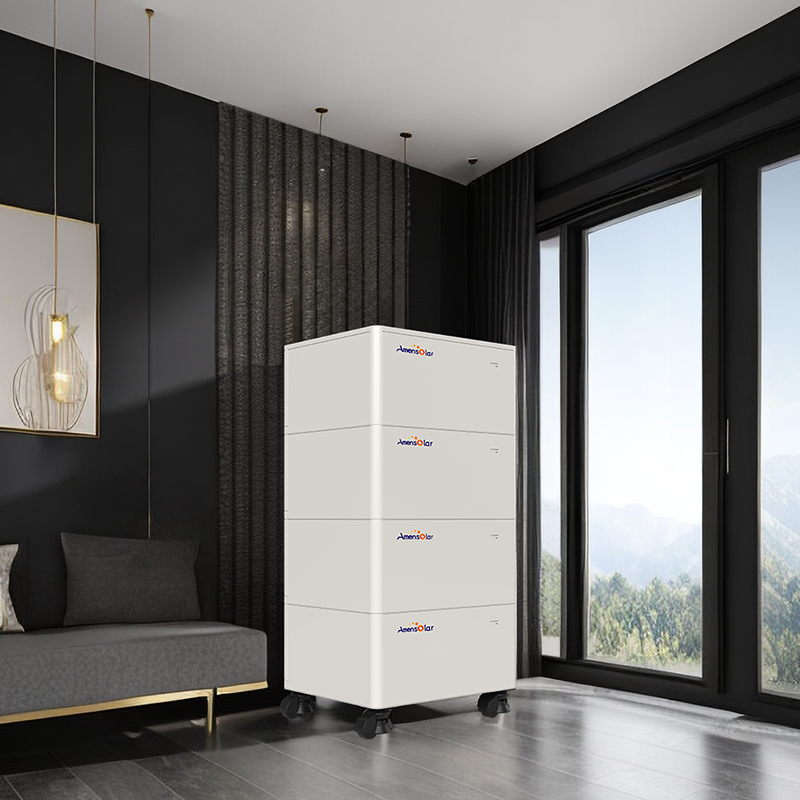
Lithium batteries excel in several key areas that make them perfect for home energy storage applications. One of their primary advantages is their high energy density, which allows them to store a large amount of energy in a compact and lightweight package. This compact design is especially beneficial for residential settings where space may be limited.
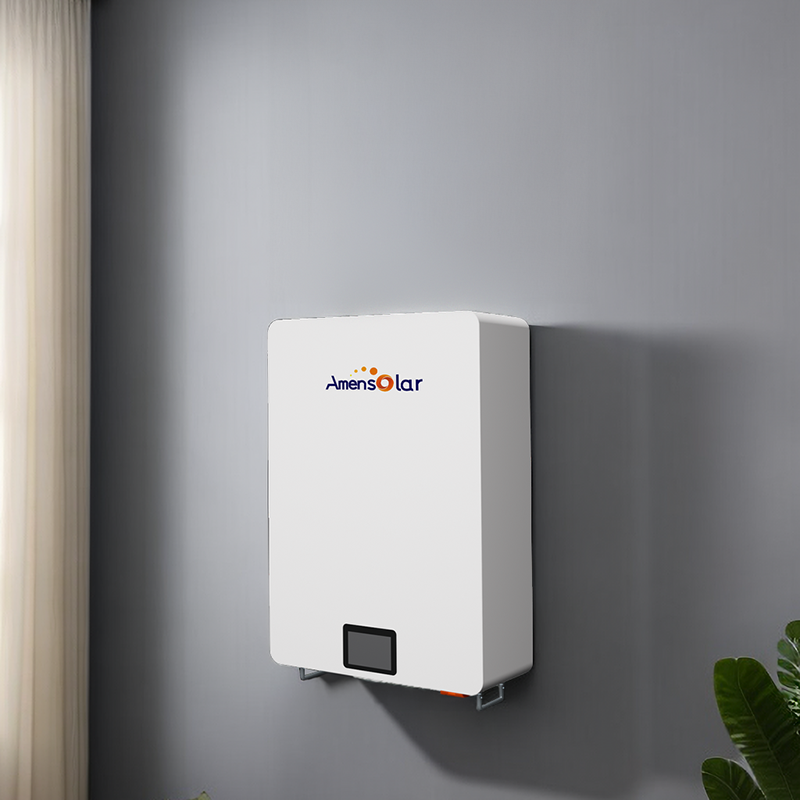
Another significant advantage of lithium batteries is their lack of memory effect, unlike traditional nickel-cadmium batteries. This means that users can charge and discharge lithium batteries at any time without worrying about reducing their overall capacity. Additionally, lithium batteries have a short charging time, allowing for quick and convenient recharging when needed.
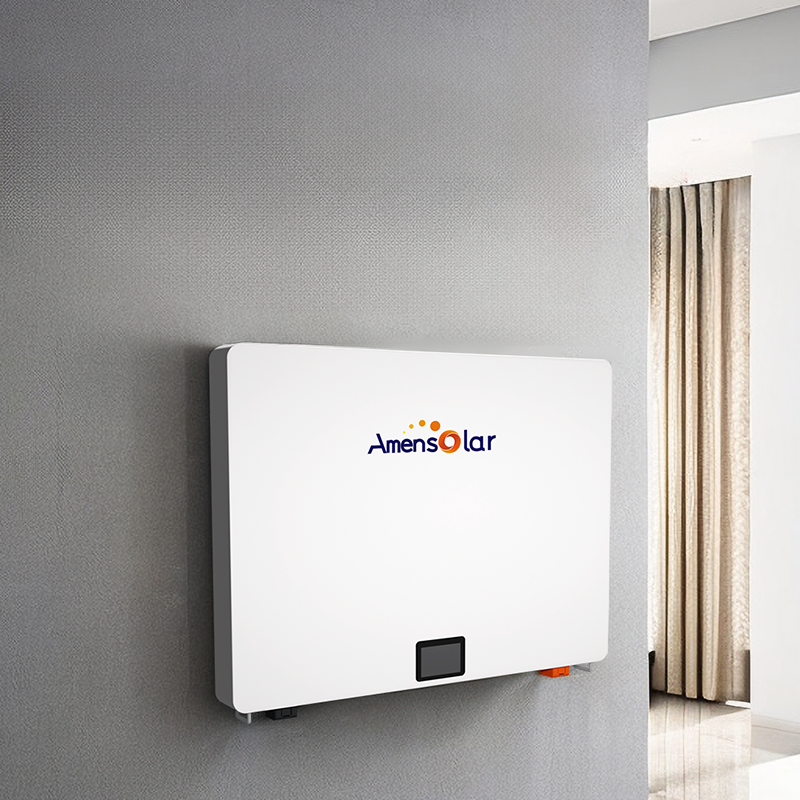
One of the standout features of lithium batteries suitable for home energy storage is their long service life. With the ability to withstand up to 6000 cycles of charging and discharging, these batteries offer exceptional durability and reliability for long-term use. This longevity is further supported by an impressive 10-year warranty, providing homeowners with peace of mind and confidence in their investment.
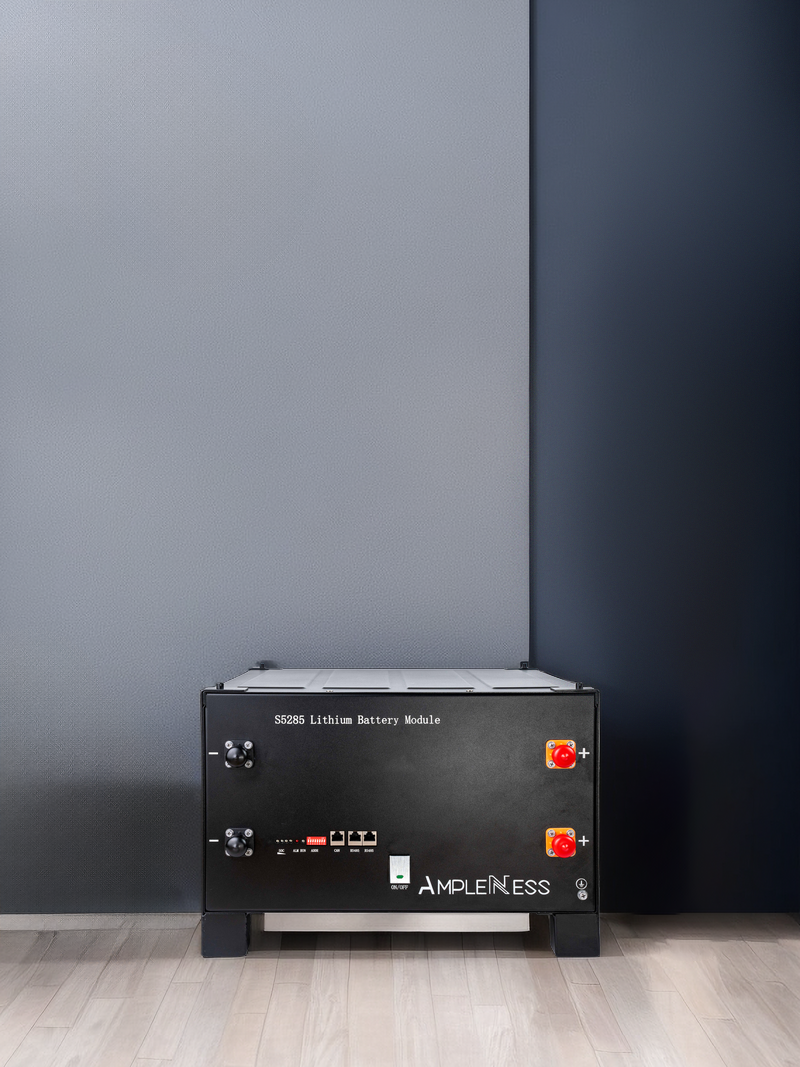
Amensolar, as a leading manufacturer of household lithium batteries, has positioned itself at the forefront of the energy storage industry. Their commitment to quality and innovation is evident in the advanced technology used to create batteries that deliver outstanding performance and reliability. By offering lithium batteries with a lifespan of up to 6000 cycles and a 10-year warranty, Amensolar ensures that customers receive a superior product that meets their energy storage needs effectively.
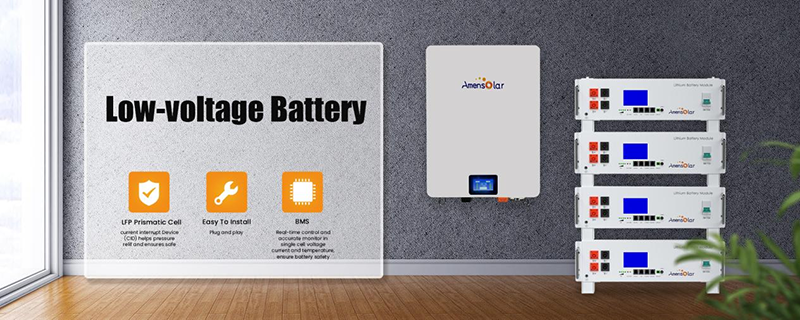
In conclusion, lithium batteries represent a game-changing solution for home energy storage, providing unmatched performance and reliability. With their high energy density, lightweight design, long service life, and rapid charging capabilities, lithium batteries from manufacturers like Amensolar are setting new standards for residential energy storage systems. Embracing the power of lithium batteries can transform how we manage and utilize energy in our homes, paving the way for a more sustainable and efficient future.
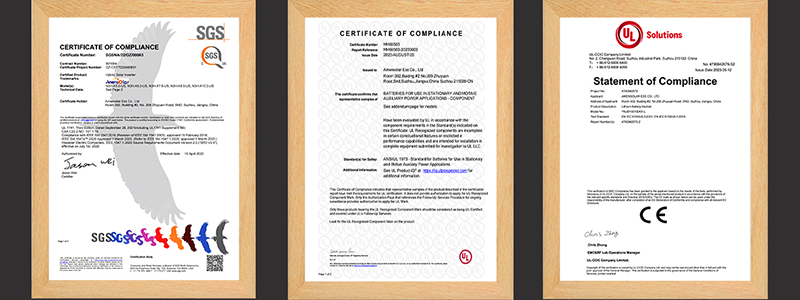
Post time: Jan-02-2024








